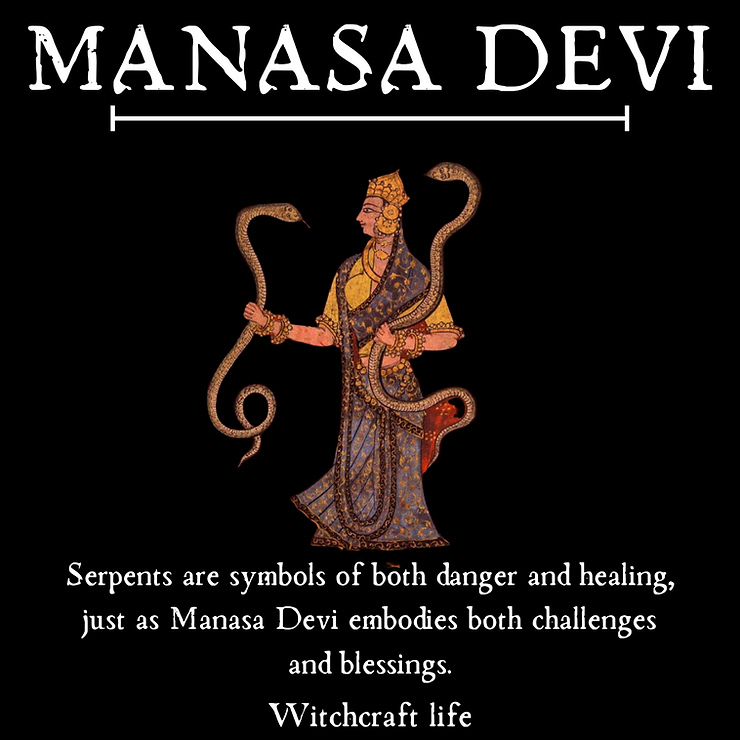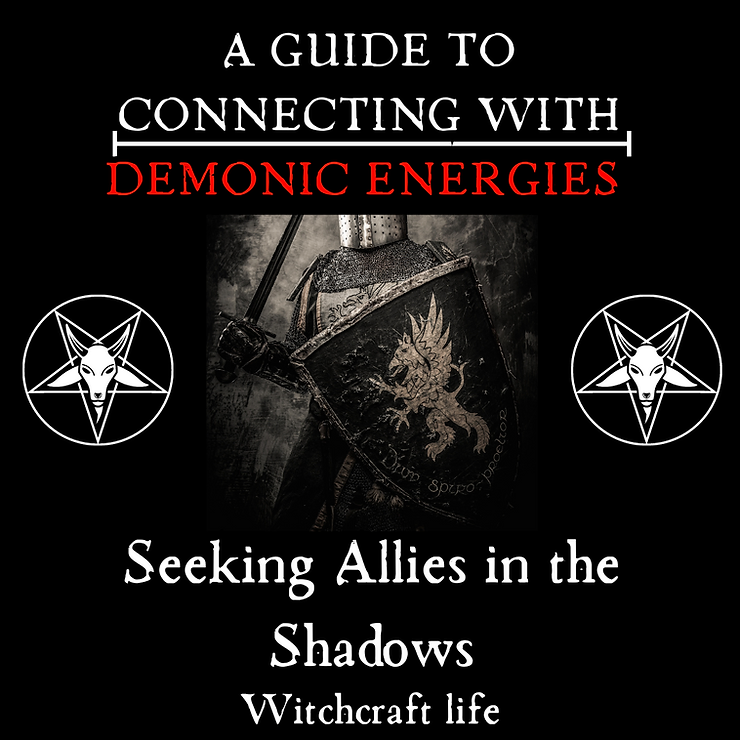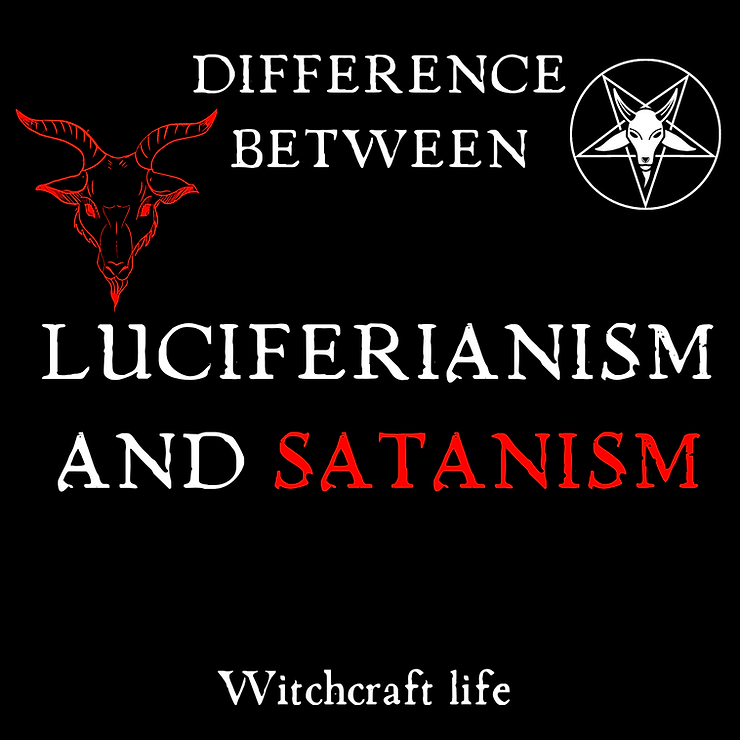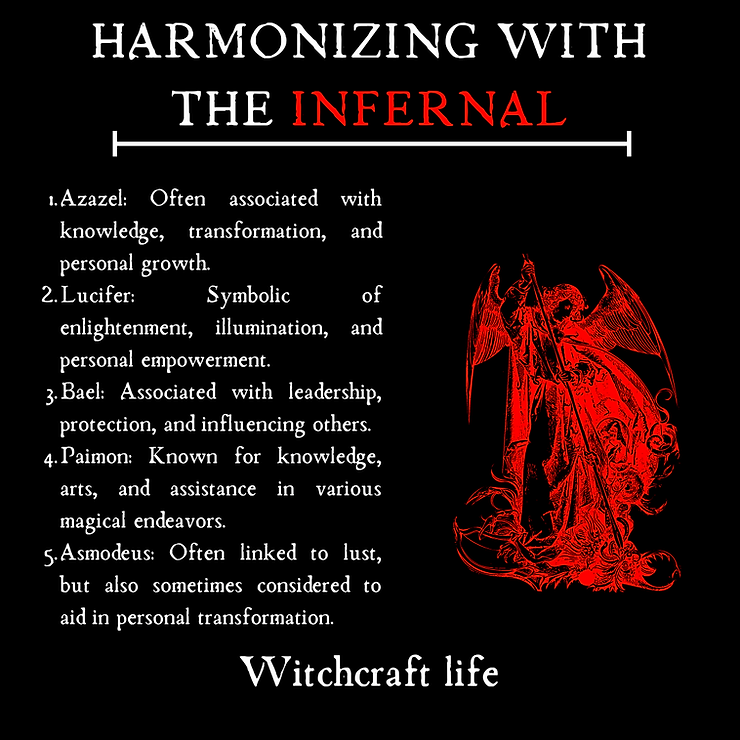OUR BLOG
Lucifer, often referred to as the Morning Star, emerges as a powerful symbol of illumination and independence within the tapestry of human spirituality. His teachings resonate as a guiding beacon for those who dare to traverse the path of individuality and self-discovery. Just as the Morning Star shines brightly against the backdrop of the dawn sky, Lucifer’s essence radiates with the flames of personal enlightenment, urging his devotees to embrace the brilliance of their own inner light.
Through the symbolism of the Morning Star, Lucifer’s guiding flame whispers a profound message of empowerment and self-realization. He invites seekers to step away from the shadows of conformity, encouraging them to forge their unique identities without fear of societal judgment. Lucifer’s teachings resonate with the melody of autonomy, reminding us that true wisdom emerges when we challenge the limitations imposed upon us and embark on the journey of self-definition.
In the realm of spiritual exploration, Lucifer’s lessons inspire us to kindle the flames of self-discovery and knowledge. As the Morning Star heralds the arrival of a new day, so too does Lucifer’s guidance herald the dawn of a transformative inner journey. With every step taken in his name, devotees find themselves traversing a road less traveled—one that leads to self-empowerment, intellectual awakening, and a profound sense of purpose.
As we stand before the Morning Star, we are reminded that within its brilliance lies the power to overcome the darkness that may cloud our lives. So too does Lucifer offer his devotees the strength to navigate the complexities of existence, guided by the light of personal understanding and the audacity to embrace their own truths. Just as the Morning Star heralds the promise of a new day, so does Lucifer, the embodiment of enlightenment, beckon us to usher in the dawn of our own authentic selves, undaunted and unapologetic.
-
Protection from Snakebites: Manasa Devi is primarily known as a goddess who provides protection from snakebites and snake-related afflictions. Devotees seek her blessings to prevent or cure snakebites and to ward off snake-related dangers.
-
Healing and Well-Being: Manasa Devi’s worship is also connected to healing and well-being. Her blessings are sought for physical and mental health, as well as for relief from ailments and illnesses.
-
Fertility and Childbirth: Some people turn to Manasa Devi for assistance with fertility and safe childbirth. She is believed to bless couples with healthy offspring and to protect pregnant women.
-
Transformation and Rebirth: Just as snakes shed their skins, Manasa Devi is associated with the concept of transformation and rebirth. Her worship is believed to aid individuals in overcoming challenges, shedding old habits, and embracing new beginnings.
-
Harmony with Nature: As a goddess connected to serpents, Manasa Devi embodies a harmonious relationship with nature and its creatures. Her devotees seek her blessings to maintain balance in the ecosystem and show reverence to all living beings.
-
Protection and Warding Off Evil: Manasa Devi’s protection extends beyond snakebites. She is also invoked to safeguard against malevolent forces, evil eye, and negative energies.
-
Blessing of Prosperity: Some followers seek Manasa Devi’s blessings for prosperity, abundance, and success in various endeavors.
-
Overcoming Obstacles: Devotees believe that invoking Manasa Devi’s grace helps them overcome obstacles, challenges, and adversities in life.
-
Spiritual Awakening: Manasa Devi is seen as a divine force that aids in spiritual awakening and self-realization. Her worship is believed to lead individuals toward higher consciousness and deeper understanding.
Working with demons is a complex and controversial topic that can vary greatly depending on individual beliefs, spiritual practices, and cultural contexts. Some practitioners engage with demons for a variety of perceived benefits, which can include:
-
Seeking Knowledge and Wisdom: Some view demons as repositories of hidden knowledge and esoteric wisdom. They may seek to tap into this knowledge to gain insights into the mysteries of the universe, magic, and the human psyche.
-
Personal Growth and Transformation: Working with demons is often seen as a path of self-discovery and transformation. It can involve confronting one’s fears, shadow aspects, and limitations to foster personal growth and empowerment.
-
Manifesting Desires: Some believe that demons can assist in manifesting desires and goals, whether they are related to wealth, success, love, or other aspirations.
-
Spiritual Exploration: For some, working with demons is a form of spiritual exploration. They may be drawn to the mysteries of the occult and the unknown, seeking a deeper understanding of spiritual realities.
-
Magic and Spellcasting: Demons are often associated with magical practices, and some practitioners work with them to enhance their spellcasting abilities and achieve specific outcomes.
-
Protection and Defense: Certain traditions hold that demons can provide protection and defense against negative energies, entities, or psychic attacks.
-
Confronting the Shadow Self: Demons are often associated with the concept of the shadow self—the aspects of ourselves that we might deny or suppress. By working with demons, individuals can confront and integrate these hidden facets, leading to a more holistic understanding of themselves and their motivations.
-
Expanding Magical Abilities: Demons are often associated with magical powers and abilities. By engaging with them, practitioners may seek to enhance their magical skills and abilities in spellcasting, divination, and other practices
-
aining Esoteric Knowledge: Many traditions attribute esoteric knowledge and insights to working with demons. This can lead to a deeper understanding of magical practices, the mysteries of the universe, and hidden truths.
-
Embracing Complexity: Exploring the intricate and multifaceted nature of demons can lead to a deeper understanding of the complexities of existence. This can broaden perspectives and encourage a more nuanced worldview.
Engaging with demons in the context of spiritual exploration can serve as a catalyst for empowering our journey of self-discovery and growth. By delving into the depths of the shadow self and confronting our fears and hidden aspects, we embark on a transformative path that leads to greater self-awareness and resilience. This interaction challenges us to question established beliefs, embrace complexity, and cultivate emotional and spiritual strength. As we navigate the intricate tapestry of light and darkness, working with demons can illuminate the corners of our psyche, granting us esoteric insights and expanding our understanding of the universe’s mysteries. In this process, we not only challenge our own limitations but also nurture the seeds of personal evolution, emerging from the experience with newfound courage, wisdom, and a deeper connection to the depths of our spiritual being.
Mesopotamia: In ancient Mesopotamia, demons were integral to their religious and mythological beliefs. They were seen as both malevolent and benevolent beings that could influence various aspects of human life. Demonic entities like the “Lamashtu” were believed to bring harm, while others were considered protective deities.
-
Egypt: Egyptian mythology featured various spirits and deities that could be considered demons, such as the “Apophis” serpent, representing chaos and darkness. Rituals and spells were used to protect against these malevolent forces.
-
Greek and Roman: Ancient Greek and Roman cultures had a complex array of spirits, including malevolent ones. These were often connected to natural phenomena, diseases, or negative experiences. The “Lamia” and “Empusa” were examples of female demonic figures in Greek mythology.
-
Judaism: Ancient Jewish beliefs included the concept of “shedim” or malevolent spirits, as well as “dybbuks” (malicious possessing spirits). These beliefs influenced later Jewish and Christian demonology.
-
Christianity: Early Christian demonology was shaped by Jewish and Greco-Roman influences. Demons were seen as fallen angels who rebelled against God. The New Testament features stories of exorcism performed by Jesus.
-
Islamic Tradition: In Islamic theology, “Jinn” are supernatural beings created from smokeless fire. While not entirely demonic, some jinn can be malevolent and cause harm to humans.
-
Indian Mythology: Ancient Indian texts like the Vedas and Puranas mention various spirits and entities, some benevolent and some malevolent. Demons, known as “Asuras” and “Rakshasas,” were often in conflict with divine beings.
-
Chinese and East Asian: Taoist and Chinese folk beliefs included a variety of spirits and supernatural beings, including malevolent ones. These were often propitiated or placated through rituals and offerings.
-
Native American: Different Native American tribes had their own beliefs in spirits, some of which could be considered malevolent or trickster entities.
Demonology in ancient times was often intertwined with cosmology, religion, and explanations for natural and supernatural phenomena. It evolved and adapted within different cultures, shaping beliefs about the interaction between humans and the spirit world.
Research: Start by researching various demons from different traditions. Learn about their attributes, domains of influence, and historical significance. Understand their personalities, strengths, and potential areas of assistance.
-
Personal Connection: Trust your intuition and any personal experiences you may have had. You might feel drawn to a specific demon or resonate with their qualities on a deeper level.
-
Intent and Purpose: Clearly define your intention for working with a demon. Are you seeking knowledge, protection, guidance, or transformation? Different demons are associated with different areas of expertise.
-
Cultural Context: Consider the cultural and historical context of the demon you’re interested in. Some demons are more prominent in specific belief systems, so understanding their cultural significance can provide valuable insights.
-
Compatibilities: Evaluate whether the demon’s attributes align with your goals and personal beliefs. Ensure that your intentions and their domain of influence are harmonious.
-
Respect and Ethical Considerations: Approach the decision with respect and ethical considerations. Be aware of the cultural sensitivities surrounding certain entities and practices.
-
Meditation and Divination: Meditate or use divination tools like tarot or pendulum to gain insights into which demon might be suitable for your current journey.
-
Consult Experts: Seek guidance from experienced practitioners, mentors, or experts in the field of demonology or occult practices. They can offer valuable advice based on their knowledge and experience.
-
Start Small: If you’re new to working with demons, consider starting with those known for their benevolence or protection. Gradually build your understanding and experience before delving into more complex relationships.
-
Open Communication: Once you’ve chosen a demon, establish open communication through meditation, ritual, or prayer. Clearly state your intentions, express gratitude, and seek guidance respectfully.
Here are a few demons from the Goetia that are sometimes perceived as having more positive attributes:
-
Agares (or Agreas): Can teach languages, reveal secrets, and offer guidance. Often depicted as a noble old man riding a crocodile.
-
Vassago: Provides insights into the past, present, and future, aiding in divination. Often depicted as a small, winged being.
-
Sitri: Can inspire affection and love between individuals. Associated with matters of the heart and relationships.
-
Marbas: Known for healing and can provide insights into herbal medicine. Often depicted as a powerful lion.
-
Paimon: A knowledgeable spirit who can provide insights into arts and sciences. Often depicted as a crowned man riding a dromedary.
-
Buer: Offers healing and medical expertise. Depicted as a lion’s head with five goat legs.
-
Zepar: Influences matters of love and relationships, inspiring passion and attraction.
-
Sallos: Influences love and relationships, promoting harmony and reconciliation.
-
Dantalion: Can inspire love and influence others’ thoughts and feelings.
Difference between luciferianism and satanism
-
Symbolism and Focus: Luciferianism generally views Lucifer as a symbol of enlightenment, knowledge, and personal growth. Luciferians often embrace the idea of self-discovery and inner transformation through the pursuit of wisdom.
-
Individualism: Luciferianism emphasizes individualism, self-awareness, and self-improvement. It encourages questioning and exploration of one’s own beliefs and desires.
-
Intellectual Pursuits: Luciferians value intellectual pursuits, seeking to expand their understanding of the world through education, critical thinking, and philosophical exploration.
-
Spiritual Evolution: Luciferianism often sees spiritual evolution as a personal journey of empowerment and liberation. It focuses on using symbolism and rituals to develop one’s inner potential.
-
Positive Aspects of Darkness: Luciferians might perceive the darkness as a source of hidden knowledge and personal strength. They seek to balance light and darkness within themselves.
-
Variety of Beliefs: Luciferianism encompasses a wide range of beliefs, from atheistic perspectives to those involving esoteric practices and ritual magic.
Satanism:
-
Symbolism and Focus: Satanism varies greatly depending on the branch (e.g., LaVeyan Satanism, Theistic Satanism, etc.). LaVeyan Satanism, for example, views Satan as a symbol of individualism, indulgence, and carnality. Theistic Satanism, on the other hand, involves the worship or reverence of Satan as a deity.
-
Individualism and Hedonism: Many forms of Satanism emphasize personal freedom, individualism, and pursuing one’s desires (LaVeyan Satanism). Some focus on indulgence in life’s pleasures.
-
Atheistic Nature: LaVeyan Satanism, the most widely known form, is atheistic and rejects the supernatural. It views Satan as a psychological symbol rather than a deity.
-
Rebellion and Critique: Satanism often critiques societal norms and religious dogma, encouraging a critical and skeptical perspective on authority and tradition.
-
Social Aspects: LaVeyan Satanism, for instance, emphasizes community and camaraderie among like-minded individuals, promoting social support and networking.
-
Ritual and Symbolism: Rituals in Satanism might serve psychological or symbolic purposes, and they vary between different branches.
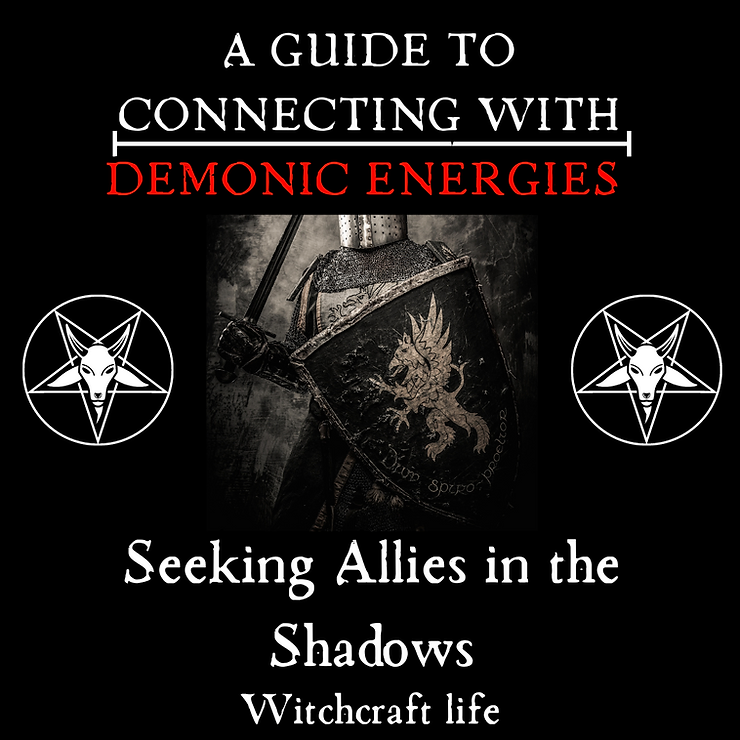
-
Azazel: Often associated with knowledge, transformation, and personal growth.
-
Lucifer: Symbolic of enlightenment, illumination, and personal empowerment.
-
Bael: Associated with leadership, protection, and influencing others.
-
Paimon: Known for knowledge, arts, and assistance in various magical endeavors.
-
Asmodeus: Often linked to lust, but also sometimes considered to aid in personal transformation.
-
Belial: Symbolizes independence, inner strength, and breaking barriers.
-
Agares: Associated with languages, teaching, and communication skills.
-
Marbas: Known for healing, herbalism, and medical expertise.
-
Sitri: Often associated with matters of love and relationships.
-
Buer: Known for healing and providing knowledge about herbs and remedies.
Clauneck is often associated with the planet Saturn and is considered a demon of wealth, treasures, and financial matters.
-
Wealth and Prosperity: Clauneck is believed to have the power to bring wealth, money, and financial abundance to those who invoke him. He is often called upon for assistance in matters of finance, business, and material success.
-
Discovering Hidden Treasures: Clauneck is associated with uncovering hidden or lost treasures, whether they be physical riches or opportunities for financial gain.
-
Enhancing Financial Skills: Some practitioners seek Clauneck’s aid in improving their financial acumen, managing resources more effectively, and making wise financial decisions.
-
Dealing with Debt: Clauneck is sometimes invoked by individuals looking to alleviate debt or financial burdens. He may be asked to help find solutions to financial problems.
-
Luck and Favorable Opportunities: Clauneck is thought to influence luck and open doors to favorable opportunities in the realm of finance and material success.
-
Investments and Speculations: Some practitioners turn to Clauneck for guidance in investments, speculations, or financial ventures.
-
Discipline and Patience: Clauneck is often associated with Saturn’s attributes, including discipline and patience. These qualities can be beneficial in financial matters.
RITUAL ITEMS wine roses chamomile incense – dragon blood 5 black candles 5 red candles blood ( yours )
Wine, roses, and chamomile are the offerings to Azazel. Once, when I was speaking to Azazel, he said he loves roses mainly, and he also likes river stones, but river stones are optional
offer the blood on the sigil
PRAYER
O Azazel, guardian of hidden knowledge, I call upon your strength and wisdom. Wrap your protective energy around me, Shield me from harm, both seen and unseen. With your guidance, I fear no darkness, For your presence is my fortress and my light. Watch over me as I walk my path, Grant me the protection I seek this day and night. So mote it be
To learn more on how to work with Azazel you can purchase the course.


